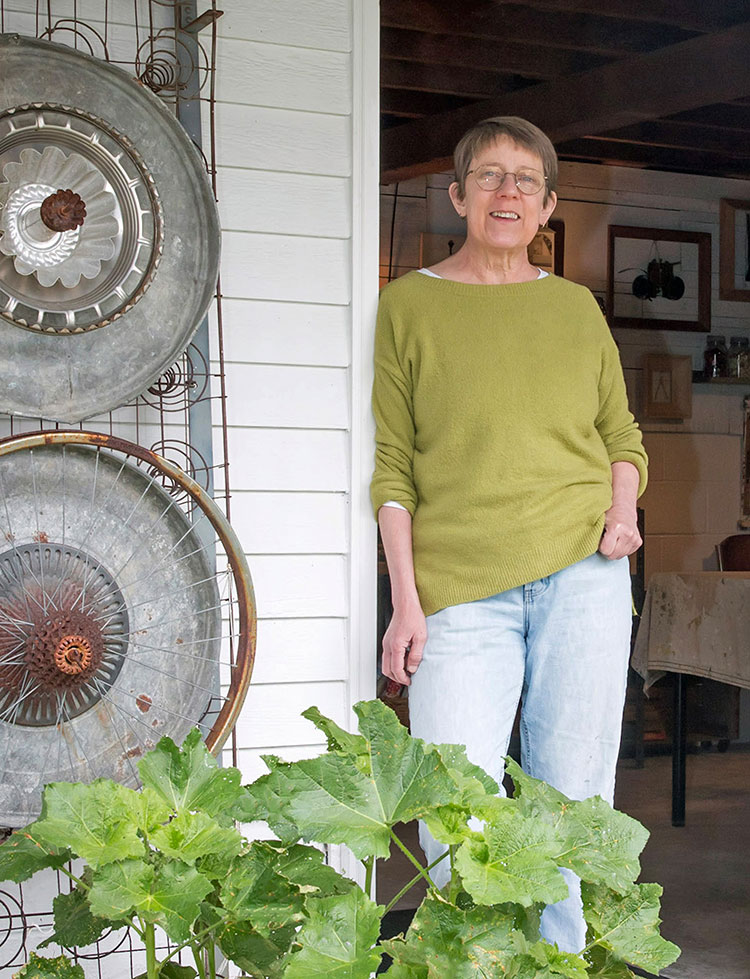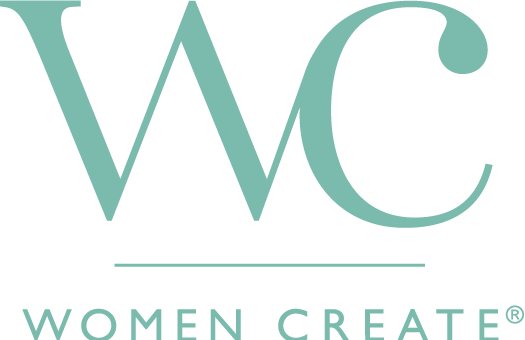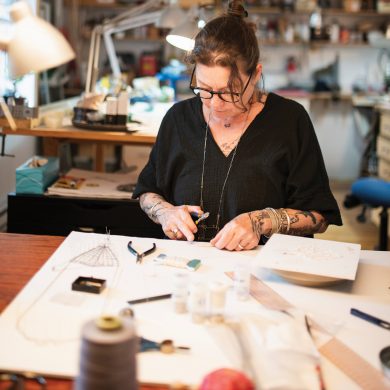
I grew up in a small town north of Milwaukee, Wisconsin, with my mom, dad, and five brothers and sisters. We were a family of very modest means so simple pleasures of exploring nature, enjoying school activities and playing with childhood friends filled our time. My mother took on lots of creative projects in the house, from painting the kitchen and sewing most of our clothes to reupholstering the furniture and even retiling the bathroom floor. She also worked at the Milwaukee Repertory Theater sewing costumes for the professional actors. My father spent part of his off-work hours as a member of a local amateur theater group. Needless to say, I picked up my parents’ skills and attitudes, including my mom’s “can-do” mindset and the idea that anything is worth a try, while appreciating my dad’s belief to squeeze in time for whatever feeds your soul. Creating from scratch was an early passion; I even won a local art contest in 7th grade for a watercolor painting of my hiking shoes—indicative of my early thought that the most ordinary of objects can be art subjects.
It looks like you’re out of free articles.
Become a Women Create member to read this full article.
Already a member? Sign in

Monthly Membership
- Unlimited access to the Women Create website
- Monthly Maker Moments livestreams, members-only newsletters and more

Annual Memberships
- Unlimited access to the Women Create website
- Print and digital subscriptions of WHAT Women Create magazine, WHERE Women Create magazine, or both
- Monthly Maker Moments livestreams, members-only newsletters and more







